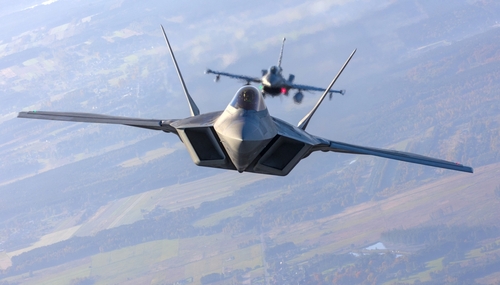The U.S. and Israel’s ramped-up airstrikes in Syria aim to push back against Iran’s strategic strongholds and alliances. What will these strikes mean for regional stability? How far will the war in the Middle East escalate?
Rise in Airstrikes and Military Deployment
The U.S. military struck nine targets linked to Iranian groups in Syria to hamper their operational capabilities. The U.S. retains approximately 900 troops in Syria and an additional 2,500 in Iraq, continuing to back local forces. This action follows an increased military footprint in response to October’s Israel-Hamas hostilities.
This is aftermath of the #Israeli airstrike at a building in use of the #IRGC Quds Force in Al-Mezzeh neighbourhood of #Damascus. We don't know who exactly is sent to hell by the #IsraeliAirForce but we know whoever he was, he was very important. pic.twitter.com/l07xAnYhre
— Babak Taghvaee – The Crisis Watch (@BabakTaghvaee1) November 14, 2024
These military moves aim to prevent Iranian forces from exploiting internal divisions caused by Syria’s civil war. The airstrikes highlight efforts to dissuade Iran from extending its strategic reach, which remains a significant concern for both Israel and the U.S. in this fraught geopolitical landscape.
#BREAKING: Bad news for the #Iran's Islamic Regime. The #Israel Air Force eliminated several top terrorists of the #IRGC Quds Force in Al-Mezzeh neughbourhood of #Damascus minutes ago! pic.twitter.com/xAR4E6Pg7U
— Babak Taghvaee – The Crisis Watch (@BabakTaghvaee1) November 14, 2024
Iran-Israel Tensions Amid Broader Middle East Conflicts
Persistent tensions between Iran and Israel show minimal signs of major escalation due to various strategic obstacles present. Despite this, the shadow warfare that characterizes their relationship has increasingly spilled over into more overt actions such as airstrikes.
The conflict increases pressure for potential engagement involving Hezbollah, given the growing violence and expanded theater of operations.
These dynamics suggest a deepening of the regional war footprint, positioning Middle Eastern powers closer to broader confrontations. Israel’s military strategy has continuously evolved, demonstrated by robust responses to Iranian incursions.
Implications for Regional Stability
The U.S. and Israel’s military actions cast a long shadow over the region, suggesting an unavoidable intertwining of military and political strategies. Airstrikes by both allies are a concerted effort to dismantle Iran’s influence, ultimately aiming to preserve oil market stability and avoid nuclear brinkmanship.
Tensions remain precarious under a complex web of economic dependencies and the looming potential for further military engagements. Strategic moves by the U.S. and Israel highlight their resolve to counter Iran, but this approach inevitably raises questions on sustainable peace and long-term stability.

